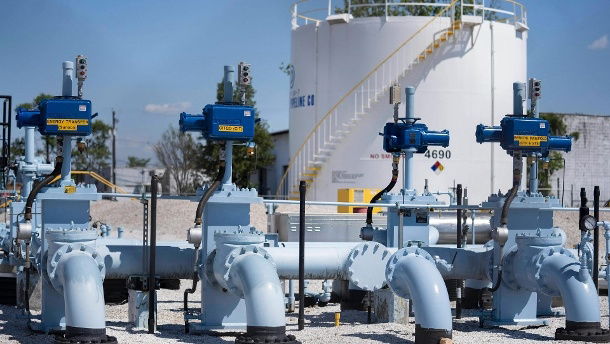.jpg?width=352&height=235&aspect_ratio=3:2)
Contact your sales representative and clerk
Product datasheets and safety data sheets
Overview of product stock availability
Educational materials
News about industrial seals
Information on new products and services
Exclusive hints and tips
Fill in your contact details and we will get back to you as soon as possible.
We will call you at your chosen time and advise you on what you need.
Our sales and technical representative will come to your company for a personal consultation.

Experience, mainly from refineries, shows that increased reliability and safety of flange connections can be achieved by categorising them. In relation to these categories, it is then necessary to develop standards with set procedures for assembly and requirements for materials, fitters, equipment, etc.
The criteria that influence the categorisation of a flange joint is individual for each company. The common denominator may be, for example, whether the joint and its leakage will affect production or operational safety if the joint has had repeated leaks in the past.
The first stage is therefore to establish the criteria against which the specific categories will be defined. These criteria are most often determined with respect to the combination of operating temperature and pressure.
The three categories that have proven most useful are described in the following lines.
 Example of categorization of flange connections
Example of categorization of flange connections
Most often these are flange joints of apparatus, e.g.: heat exchangers, reactors, columns, boilers, etc. Many years of experience have shown that repeated leaks of critical flange connections falling into category I have been sealed long term and reliably by the implementation of so-called complex solutions.
The comprehensive service includes:
As part of a complete solution, one supplier controls the entire process described above and is responsible for the tightness of the flange connection.
The criteria for these categories may vary. These are mainly DN PN standardized joints. These connections are most often made as part of routine installation and maintenance activities. However, we would also recommend having calculated tightening torques and set standards for their installation.
This approach to flange connections is nowadays increasingly being applied in other industries such as energy, paper, pharmaceuticals, etc. For more than 30 years we have been helping our customers to solve the tightness of critical flange joints.
We most often work with our customers on complex flange joint solutions in category I. However, we also deal to a considerable extent with tightening torque calculations and, for example, flange joint supervision in categories II and III.
The resulting reliability of such connections has clearly proven its validity and inspired many customers to change their thinking.
Our experience is at your disposal in determining the criteria that lead to the categorization of flange connections.
In the pages Most often we deal with we show by examples that a reliable flange joint tightness solution is a matter of interacting factors.

Pokorny Industries Partnership in quality
© Pokorny industries s.r.o. 2024 - all rights reserved
Made by servisdesign
You don't know what to do?